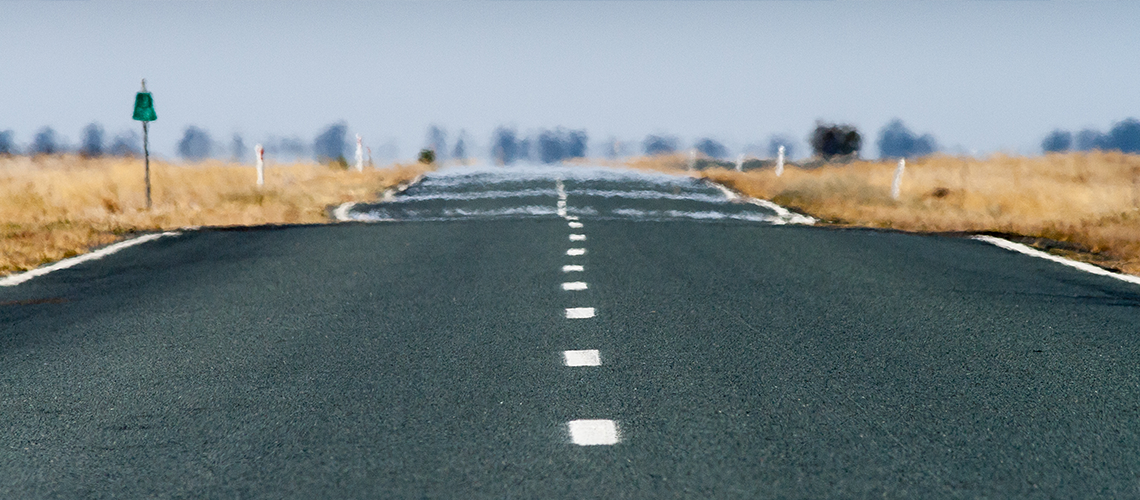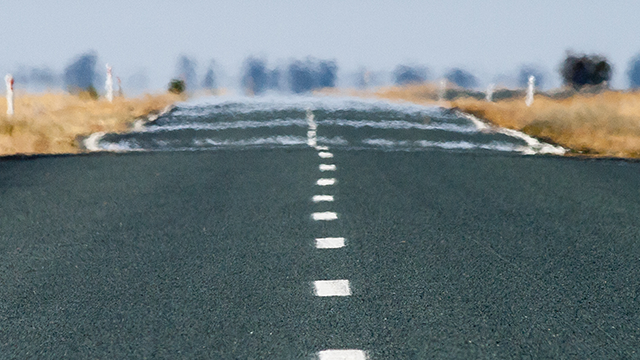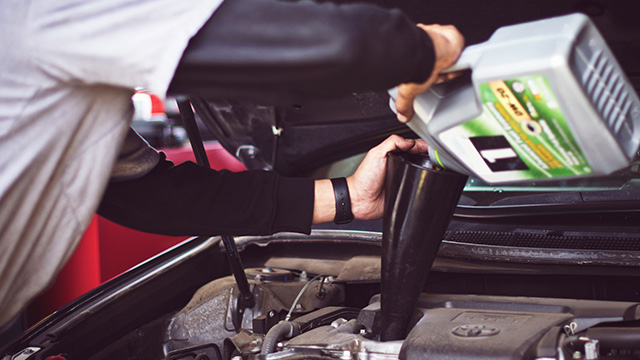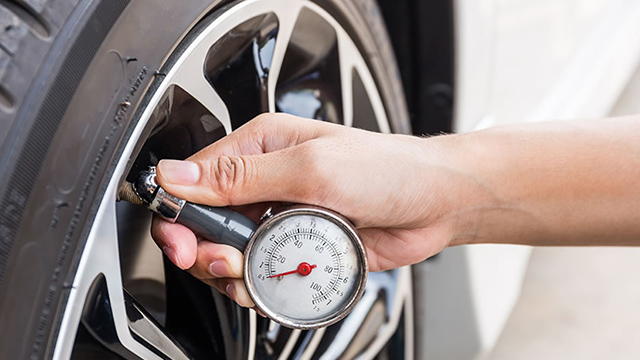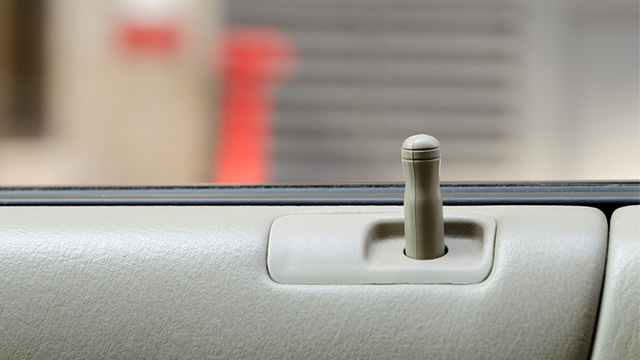Australians know that driving in hot weather is often necessary. By taking a few precautions, you can stay cool, avoid heat-related breakdowns, or in the worst case scenario, be safe if your car does breakdown.
Stay hydrated on the road
Drive with spare water, enough for all your passengers and any pets too. On a long trip this may be several litres. Avoid caffeinated drinks. They might help keep you awake, but they are also diuretics which can cause your body to lose water.
Never leave children or pets alone in a car
Do not leave your children or pets in the car for any period of time without adult supervision. Learn more about how to prevent accidentally locking a child in a car as well as top tips for travelling with pets
Service your car
If going on a long trip or if you haven’t had your car serviced in the last six months, you can prevent an uncomfortable breakdown by getting it looked over by a professional so you can be confident it’s in good shape. The service will check these essential maintenance items we’ve outlined below.
Battery check and maintenance
Hot temperatures put additional strain on your battery. Most batteries are maintenance-free these days, but if your battery has caps check the level and top up as necessary. If you have a maintenance free wet cell, gel cell or absorbed glass mat (AGM) battery, look them over to be sure that they haven’t cracked or leaked. For all types of battery, clean any corrosion from the terminals, secure all connections and assure that the battery is firmly mounted and safe from vibration.
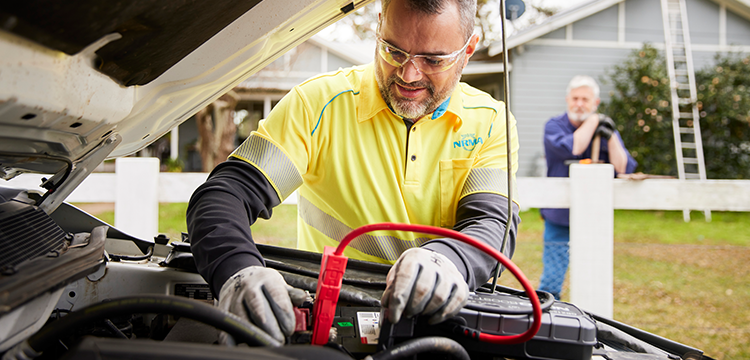 Image: Battery testing, as well as delivery and installation by a qualified technician, is free for NRMA Members.
Image: Battery testing, as well as delivery and installation by a qualified technician, is free for NRMA Members.
Have a clean windscreen
In summer, there is a longer time period that the sun stays on the horizon making it more difficult for you to see east in the morning and west in the evening. A clean windscreen or a clean visor is essential, as any dirt and scratches diffract bright light, obscuring your vision.
Emergency kit essentials
Be sure that you have a well-stocked emergency kit in the car. A kit should include water, non-perishable food items, jumper cables (only necessary if you have an older vehicle), a torch with extra batteries, road warning triangles and/or an emergency beacon, basic hand tools, and a first aid kit.
Plan ahead for emergencies
Make sure that your mobile phone is fully-charged (or bring a charger you can plug into the vehicle) and that you have some cash in your wallet for emergencies.
Monitor fuel levels
Don’t let your fuel tank go to empty before filling up. This is fairly obvious but assumes greater importance when the weather is extremely hot.
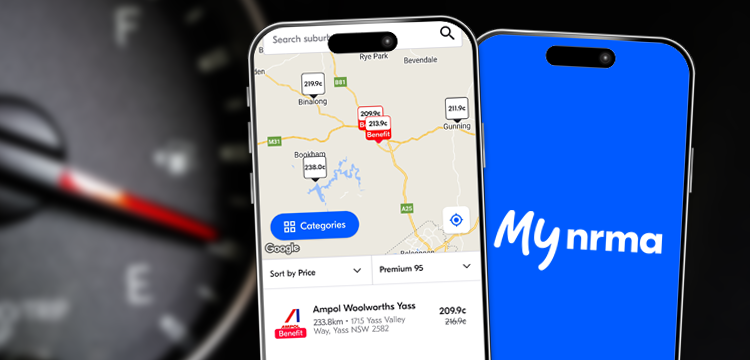
Image: Keep track of fuel stations near you and their prices by using the My NRMA app.
Coolant system maintenance
The coolant in your radiator should be replaced on a periodic basis – check your owner’s manual for details. In between, check the level of fluid in your cooling system by looking for the plastic overflow tank under your hood. The easiest way is to check the plastic reserve tank that’s connected to the cooling system. On the side of the reservoir will be a low and high mark and the coolant level should be between the two marks. It’s always good practice to check the coolant level on the radiator via the radiator cap, with one important proviso – this should always be done when the engine is cold. Removing the cap when the engine is hot can cause coolant to spray out under pressure, seriously scalding you. If the level is low you can add coolant, again checking the owner’s handbook for the correct recommendation.
Check engine and other fluid levels
Hot weather driving puts heavy demand on all of your engine’s components, not just your cooling system. Check your engine oil, transmission fluid, power steering fluid and brake fluid to make sure that they’re all at the recommended levels.
Proper tyre maintenance
Make sure that your tyres are properly inflated before you head out for a drive. Under-inflated tyres flex more, which causes heat buildup. If conditions are already hot, under-inflated tires are even more likely to fail.
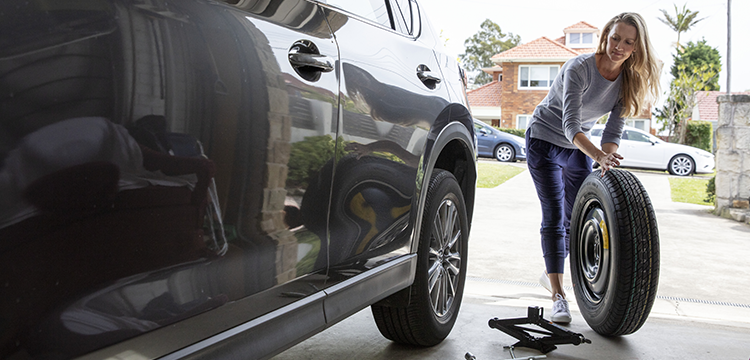
Don’t forget the spare, if your car has one, and check you have the jack and tools to change a wheel. Check the tyres’ tread depth while you’re at it, and if they are close to the wear limiters, consider replacing.
Air conditioning service
If your car air conditioning isn’t working as well as it has in the past, take it to a certified technician and have it serviced. Have them replace the cabin air filter, if it hasn’t been done within the past six months.
Protect yourself from the sun
Finally, remember to put on and bring extra sunscreen, and a hat. If you need to spend time outside the car, move to cooler areas where possible and stay in safe, shady location.
Did we miss any other tips? How do you prepare for driving in hot weather?







